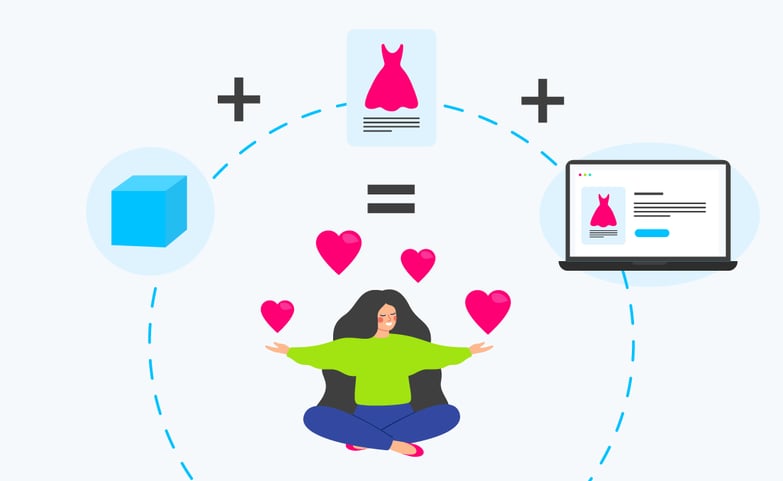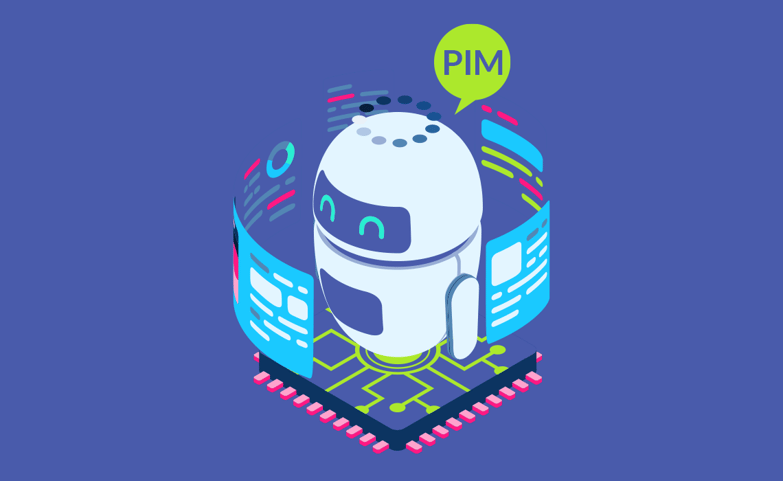The customer experience you provide has probably become your key differentiator. To continue to meet your customers’ ever-changing demands, your underlying technology platforms and business systems must provide incredible agility. Headless integration promises the freedom to create exceptional customer experiences driven by continuous innovation at scale and speed. Within a headless architecture, you can take your customer insights and use them to drive a decoupled front-end that will never be constrained by your back-end systems. This gives you the ability to choose the technology stack that best suits your needs and allows for greater flexibility in data integration.
Successful adoption of new commerce technologies has become crucial for companies struggling with a fragmented digital commerce environment. By leveraging the power of centralized data to personalize interactions and enable consistency, brands can create seamless experiences across multiple touchpoints. Therefore, going headless is a trend not only in content management and experience management but also in product information management. Ultimately, to ensure minimal tech disruptions while maximizing ROI, a headless solution is the best way to get a head start on the competition.
But how can brands keep up with the new integrations without disrupting critical day-to-day operations or creating data silos? This is where a traditional approach, where the front-end and back-end are tightly coupled, must be replaced by a headless approach.
Headless architecture — The new normal
To enable digital agility, companies are increasingly turning to headless architecture. Headless allows teams to independently build back-end and front-end, ensuring minimal impact on each part and setting a smoother development workflow. In fact, 77% of companies with headless architecture agree it gives them increased agility. To deliver consistent product information, it’s crucial to move away from monolithic software and create an integrated sales and marketing IT ecosystem. For instance, by integrating a Product Information Management (PIM) system with an ERP system, brands can ensure a seamless flow of SKU data and easily track inventory in one central location. The goal is to decouple separate applications while allowing data to flow freely between all components.
Organizations that are optimizing experiences across multiple devices should consider headless integration. Unfortunately, many brands are still limited by siloed technology which makes it difficult to share data across systems and deliver a cohesive, flexible brand experience. Airtable and Forrester’s Crisis of a Fractured Organization survey revealed that large organizations use an average of 367 different software tools, creating data silos and disrupting processes between teams. Integrating this technology, however, can open many doors. But deciding which strategy is right for any business means understanding the complexity of the systems that need to be integrated.
What is headless integration?
With growing customer expectations and the development of IoT and connected devices, the need for effective multichannel content publishing has been steadily rising. Seamless customer experiences across channels are now a top priority for consumers (42%), which means brands should streamline data integration to provide contextualized experiences. With headless integration, businesses can manage and distribute product data effectively from a single source while ensuring a seamless experience across all customer touchpoints.
Choosing the right setup can make all the difference when it comes to reaching your customers without any friction. Decoupled and headless content management systems provide the desired scalability and quick integration with multiple customer-facing and internal operational platforms. A headless approach allows you to manage the endless number of interaction channels by enabling a quick introduction of new customer touchpoints/front-end channels, powered by the same set of APIs — ensuring data consistency.
With headless integration, you can build a centralized repository of reusable services within your organization. Leverage your system architecture to provide quick and secured access to your product data, so you can create and manage more content and make it available across all your touchpoints. A headless approach to Product Information Management (PIM) allows businesses to choose and integrate different front-end technologies or frameworks based on their specific requirements. This flexibility enables the fast adoption of new technologies, the ability to experiment with different user experiences, and the scalability to handle increased traffic or new touchpoints without impacting the back-end data management.




